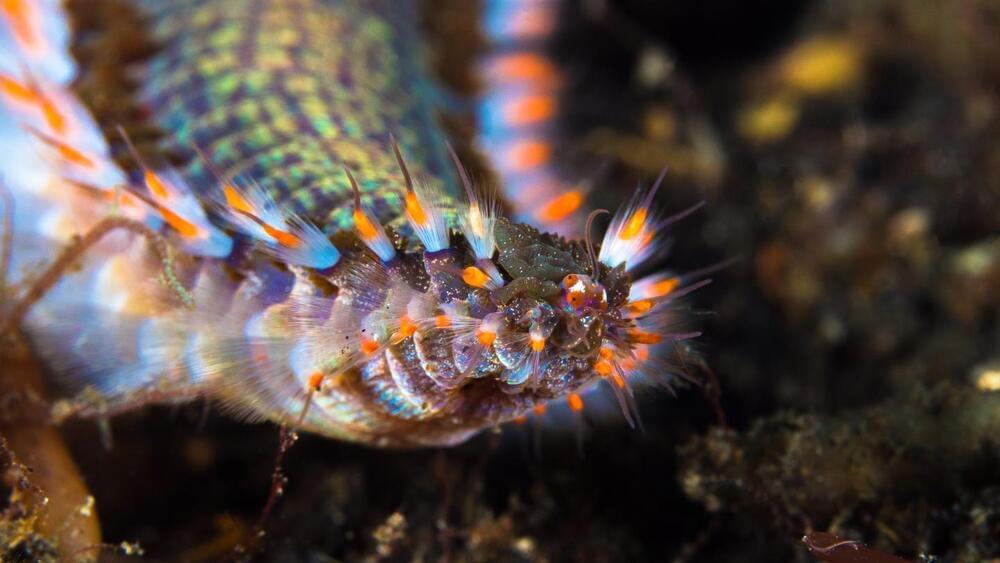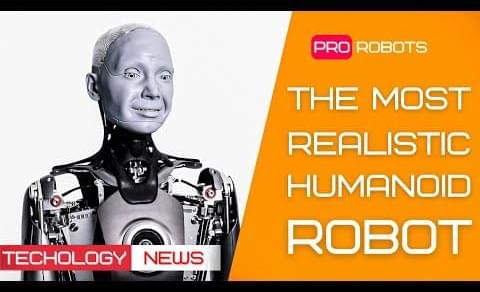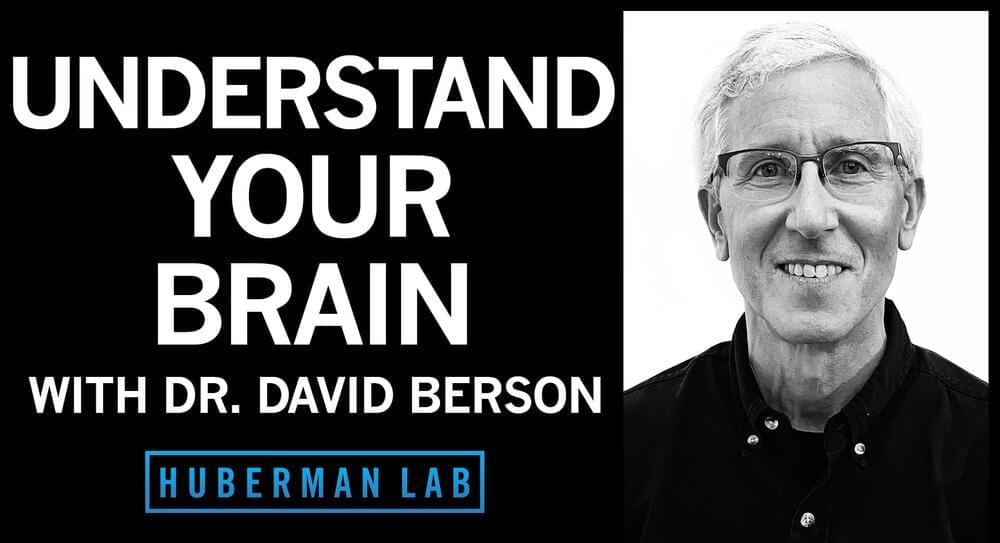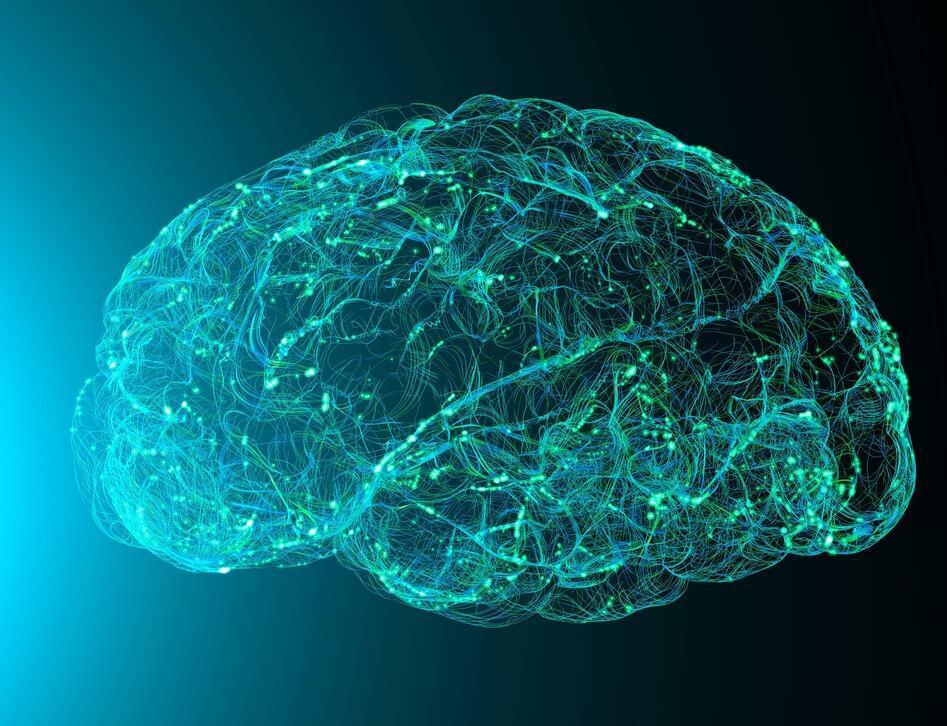Quantum and biological systems are seldom discussed together as they seemingly demand opposing conditions. Life is complex, “hot and wet” whereas quantum objects are small, cold and well controlled. Here, we overcome this barrier with a tardigrade — a microscopic multicellular organism known to tolerate extreme physiochemical conditions via a latent state of life known as cryptobiosis. We observe coupling between the animal in cryptobiosis and a superconducting quantum bit and prepare a highly entangled state between this combined system and another qubit. The tardigrade itself is shown to be entangled with the remaining subsystems. The animal is then observed to return to its active form after 420 hours at sub 10 mK temperatures and pressure of $6\times 10^{-6}$ mbar, setting a new record for the conditions that a complex form of life can survive.









